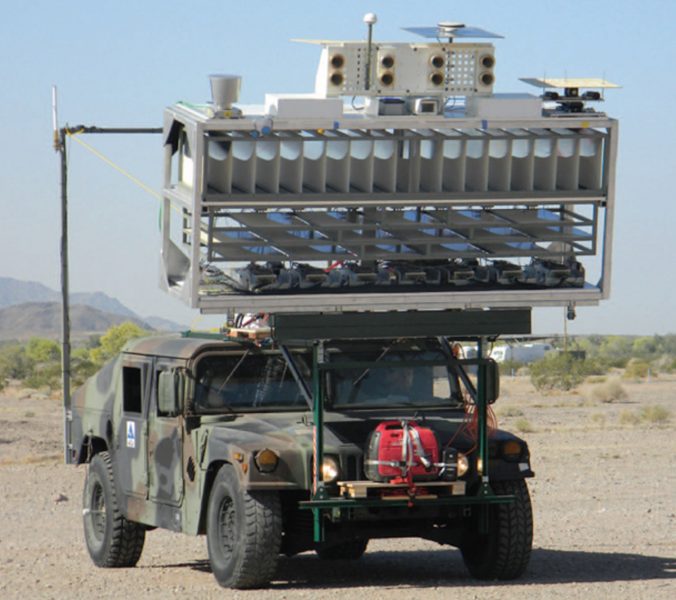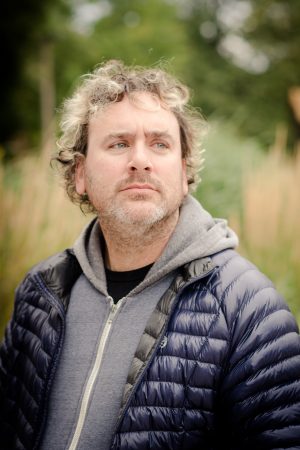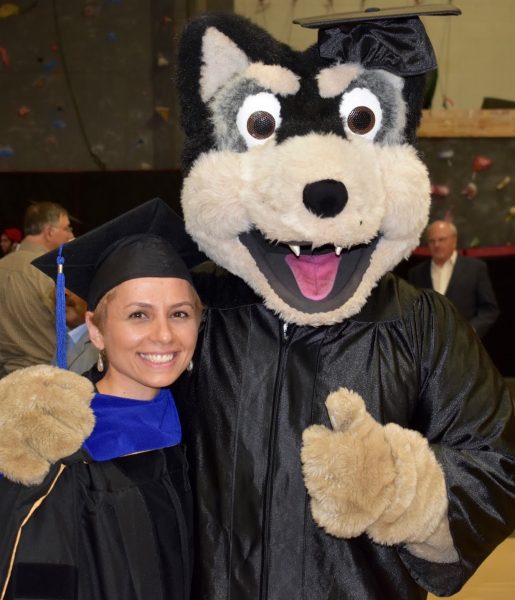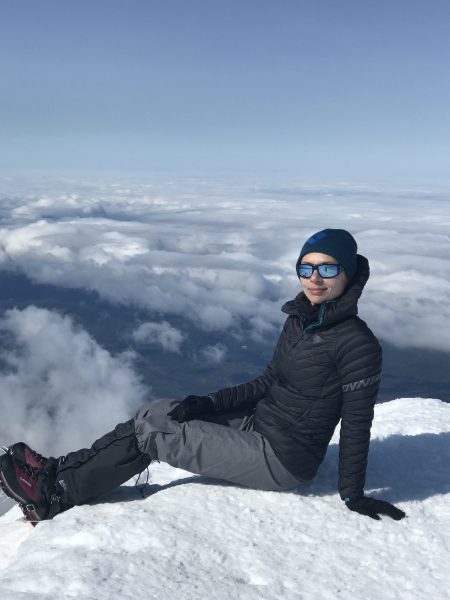
Associate Professor Tim Havens, director of the Michigan Tech’s Institute of Computing and Cybersystems and associate dean for research in the College of Computing, along with Hanieh Deilamsalehy generously shared their knowledge on Husky Bites, a free, interactive Zoom webinar hosted by Dean Janet Callahan. Here’s the link to watch a recording of his session on YouTube. Get the full scoop, including a listing of all the (60+) sessions at mtu.edu/huskybites.
“Nearly everyone has heard the term ‘Deep Learning’ at this point, whether to describe the latest artificial intelligence feat like AlphaGo, autonomous cars, facial recognition, or numerous other latest-and-greatest gadgets and gizmos,” says Havens. “But what is Deep Learning? How does it work? What can it really do—and how are Michigan Tech students advancing the state-of-the-art?”

In this session of Husky Bites, Prof. Havens will talked about everyday uses of machine learning—including the machine learning research going on in his lab: explosive hazards detection, under-ice acoustics detection and classification, social network analysis, connected vehicle distributed sensing, and other stuff.
Joining in will be one of Havens’ former students, Hanieh Deilamsalehy, who earned her PhD in electrical engineering at Michigan Tech. She’s now a machine learning researcher at Adobe. Dr. Deilamsalehy graduated from Michigan Tech in 2017 and headed to Palo Alto to work for Ford as an autonomous vehicle researcher. She left the Bay Area for Seattle to take a job at Microsoft, first as a software engineer, and then as a machine learning scientist. In April she accepted a new machine learning position at Adobe, “in the middle of the pandemic!”
Havens is a Michigan Tech alum, too. He earned his BS in ‘99 and MS in Electrical Engineering in ‘00, then went to the MIT Lincoln Laboratory, where he worked on simulation and modeling of the Airborne Laser System, among other defense-related projects. From there it was the University of Missouri for a PhD in Electrical and Computer Engineering, researching machine learning in ontologies and relational data.
Nowadays, Havens is the William and Gloria Jackson Associate Professor and Associate Dean for Research in the College of Computing. In addition to serving as director of Michigan Tech’s ICC, he also heads up the ICC Center for Data Sciences and runs his own PRIME Lab, too (short for Pattern Recognition and Intelligent Machines Engineering).
“An important goal for many mobile platforms—terrestrial, aquatic, or airborne—is reliable, accurate, and on-time sensing of the world around them.”
Havens has spent the past 12 years developing methods to find explosive hazards, working with the US Army and a research team in his lab. According to a United Nations report, more than 10,000 civilians were killed or injured in armed conflict in Afghanistan in 2019, with improvised explosive devices used in 42 percent of the casualties. Havens is working to help reduce the numbers.
“Our algorithms detect and locate explosive hazards using two different systems: a vehicle-mounted multi-band ground-penetrating radar system and a handheld multimodal sensor system,” Havens explains. “Each of these systems employs multiple sensors, including different frequencies of ground penetrating radar, magnetometers and visible-spectrum cameras. We’ve created methods of integrating the sensor information to automatically find the explosive hazards.”
As a PhD student at Michigan Tech, Deilamsalehy worked alongside Havens as a research assistant in the ECE department’s Intelligent Robotics Lab (IRLab). “My research was focused on sensor fusion, machine learning and computer vision, fusing the data from IMU, LiDAR, and a vision camera for 3D localization and mapping purposes,” she says. “I used data from a sensor platform in the IRLab, mounted on an unmanned aerial vehicle (UAV), to evaluate my proposed fusion algorithm.”
Havens is also co-advisor to students in the SENSE (Strategic Education through Naval Systems Experience) Enterprise team at Michigan Tech, along with ME-EM Professor Andrew Barnard. Students in SENSE design, build, and test engineering systems in all domains: space, air, land, sea, and undersea. Like all Enterprise teams, SENSE is open to students in any major.

Prof. Havens, when did you first get into engineering? What sparked your interest?
I first became an engineer at Michigan Tech in the late 90s. What really sparked my interest in what-I-do-now was my introductory signal processing courses. The material in these courses was the first stuff that really ‘spoke’ to me. I have always been a serious musician and the mathematics of waves and filters was so intuitive because of my music knowledge. I loved that this field of study joined together the two things that I really loved: music and math. And I’ve always been a computer geek. I was doing programming work in high school to make extra money; so that side of me has always led me to want to solve problems with computers.
Hometown, Hobbies, Family?
I grew up in Traverse City, Michigan, and came to Tech as a student in the late 90s. I’ve always wanted to come back to the Copper Country; so, it’s great that I was able to return to the institution that gave me the jump start in my career. I live (and currently work from home) in Hancock with my partner, Dr. Stephanie Carpenter (an author and MTU professor), and our two fur children, Rick Slade, the cutest ginger in the entire world, and Jaco, the smartest cat in the entire world. I have a grown son, Sage, who enjoys a fast-paced life in Traverse City. Steph and I enjoy exploring the greater Keweenaw and long discussions about reality television, and I enjoy playing music with all the local talent, fishing (though catching is a challenge), and gradually working through the lumber pile in my garage.

Dr. Deilamsalehy, how did you find engineering? What sparked your interest?
I was born and raised in Tehran, Iran. I have always been into robotics. I was a member of our robotics team in high school and that led me to engineering. I decided to apply to Michigan Tech sort of by chance when a friend of mine told me about it. I looked at the programs in the ECE department, and felt they aligned with my interests. Then soon after I first learned about Michigan Tech, I found out that one of my undergraduate classmates went there. I talked to him, and he also encouraged me to apply. And that’s how I was able to join Michigan Tech for my PhD program. My degree is in electrical engineering but my focus at Michigan Tech involved computer science and designing Machine Learning solutions.

Hobbies and Interests?
I now live in Seattle, famous for outdoor activities—kind of like the UP, but without the cold—so I do lots of mountaineering, biking, rock climbing, and in the winter, skiing. I learned how to ski at Michigan Tech, up on Mont Ripley. It’s steep, and it’s cold! Once you learn skiing on Ripley, you’re good. You can ski just about anywhere.